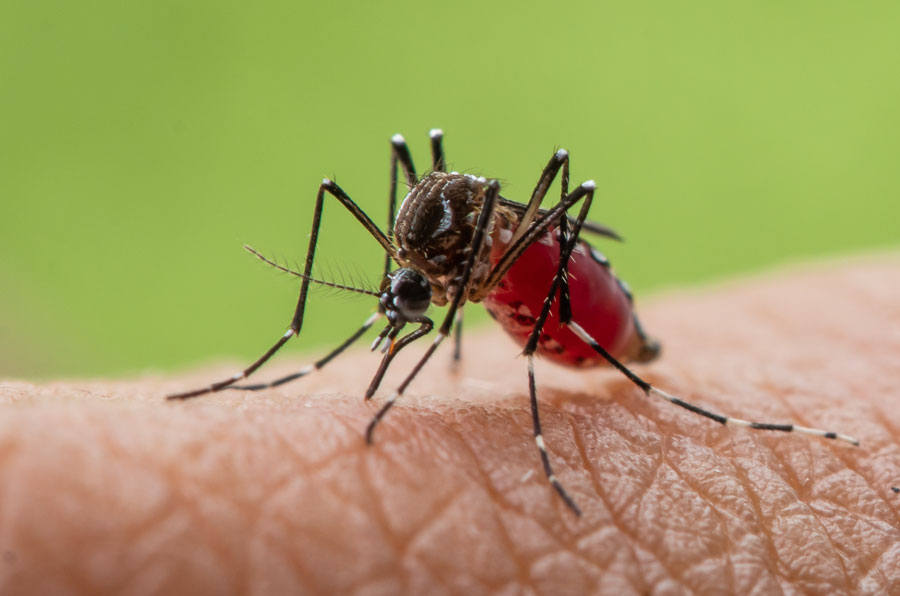Long Island Resident Becomes New York’s First Local Case of Chikungunya Virus, Health Officials Say

NEW YORK, NY – New York health officials have confirmed the state’s first locally acquired case of the mosquito-borne chikungunya virus, occurring in Nassau County on Long Island.
The patient began experiencing symptoms in August. While the individual had traveled within the U.S. earlier that summer, they had not left the country, leading public health authorities to classify the infection as local (i.e. likely transmitted via a mosquito in the area).
Laboratory testing was performed at New York State’s Wadsworth Center, which validated the diagnosis. Health officials noted that no local mosquito pools have tested positive for chikungunya, and so far there is no confirmed evidence of ongoing local transmission.
This is the first U.S. case of locally acquired chikungunya in six years and the first such case ever confirmed in New York state. Earlier in 2025, the state recorded a few additional chikungunya cases, but all were tied to international travel to regions where chikungunya is endemic.
Health experts point out that the mosquito species capable of transmitting chikungunya (such as Aedes albopictus) do exist in parts of the New York City / Long Island area. However, cooler autumn temperatures reduce mosquito activity, which helps lower the risk of further spread at this time.
Symptoms of chikungunya typically include fever, joint pain, rash, muscle aches, and headache. The illness is seldom fatal; most patients recover within a week, though joint symptoms may linger in some. Vulnerable populations – such as older adults, newborns, or those with chronic health conditions – carry greater risk of complications.
In related developments, U.S. regulators recently suspended the license of Valneva’s chikungunya vaccine (marketed as Ixchiq) due to reported serious adverse events.
Key Facts
| Category | Information |
|---|---|
| Location: | Nassau County, Long Island, New York |
| Date Reported: | October 2025 |
| Type of Case: | First locally acquired chikungunya case in New York |
| Patient Details: | Adult Nassau County resident; no recent international travel |
| Testing Conducted By: | New York State Department of Health, Wadsworth Center |
| Related Facts: | First U.S. local case since 2019 |
| Mosquito Species Involved: | Aedes albopictus (Asian tiger mosquito), known to inhabit parts of Long Island |
| Current Risk Level: | Considered low due to seasonal decline in mosquito activity |
| Recent Context: | FDA suspended Valneva’s chikungunya vaccine license in August 2025 following adverse reaction reports |
What to Watch / Advice
- Stay vigilant against mosquito bites: Use insect repellent containing DEET, picaridin, or oil of lemon eucalyptus, and wear long sleeves when outdoors at dusk or dawn.
- Eliminate standing water: Buckets, flowerpots, and clogged gutters can breed mosquitoes capable of transmitting chikungunya.
- Recognize symptoms: Fever, joint pain, rash, and fatigue are common signs. Anyone developing these symptoms after mosquito exposure should contact a healthcare provider.
- No widespread threat at this time: Health officials have not detected chikungunya-positive mosquito pools on Long Island, and the cooler season is expected to limit further transmission.
- Public health monitoring continues: The New York State Department of Health and local vector control teams are testing mosquito populations and advising the public on prevention.


